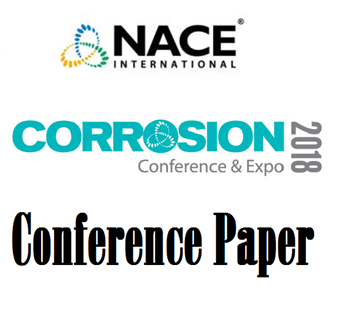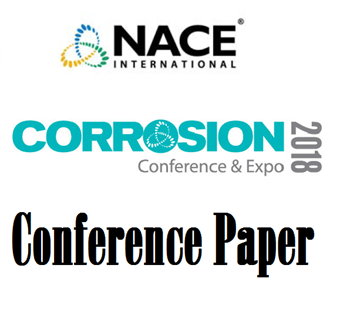Search
Cathodic Protection On An Iconic Building Of The Modern Movement Architecture
Also Purchased
A Case Study on Diagnostic Investigation of Cathodic Protection System Requirement and Performance Review for Concrete Piles
Product Number:
51319-13048-SG
Publication Date:
2019
$20.00
51318-10922-Cathodic Protection of Building Foundation Piles
Product Number:
51318-10922-SG
Publication Date:
2018
$20.00
51318-10558-Corrosion Protection of Reinforced Concrete Columns and Piles in a Marine Environment
Product Number:
51318-10558-SG
Publication Date:
2018
$20.00



